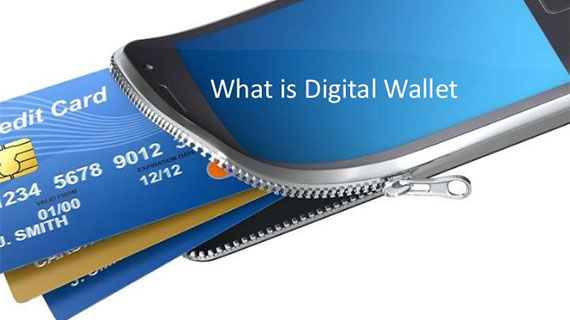Digital wallets make online payments easier by storing a consumer’s payment information and preferences for future use. Instead of digging out their credit card and entering the lengthy account number and billing address every time a consumer wants to make a payment, a digital wallet automatically populates the payment information at check-out. This makes the payment process faster and simpler.
What Do Digital Wallets Mean for Billing Services?
Paper is expensive for billing services. There are all the costs to print and mail statements and deposit and post paper checks. This leaves the average cost for a billing service to collect a balance using paper processes as three dollars per patient.
There’s still too much paper in the healthcare payments process. However, there is no single solution to this problem. You may want to stop using paper altogether, but successful electronic adoption requires a more gradual approach. Start replacing paper with electronic alternatives – such as a consumer-friendly digital wallet. That way, you can drive patients to use those options and progressively reduce the amount of paper you use in your entire process.
Why Change Your Process to Include Digital Wallets?
Most processes that billing services utilize to collect healthcare payments today are usually paper-intensive. Paper-intensive processes are labor-intensive processes. This means that you’re not only spending too much money on paper, but your staff is also spending too much time on paper-based processes, adding operational costs on top of the hard costs of paper and postage.
Here’s where a digital wallet can help. A digital wallet should store multiple payment methods as well as payment preferences, including information about payment plans, automatic payments, and maximum payment limits. Digital wallets should also store communication preferences. This includes whether or not a patient is enrolled for eStatements or text message communications.
A digital wallet is a good start to transition from paper to electronic payments. Where you used to send paper statements in the mail, you can begin to send eStatements. Where your staff used to spend time on the phone tracking down payments, mailing payment reminders or telling patients how they can pay, you can send helpful text message notifications and deliver instructions automatically.
By enabling digital payments at every touch point, you make it so a patient is never confused about how to pay. Instead of opening up an envelope filled with a stack of paper long after a healthcare encounter, patients open up an email, easily understand their payment responsibility, and click to pay.
You also change the conversation your staff has with patients. By storing patient payment information and preferences, there never has to be any confusion about where payment is coming from. Now during the payment process, where your staff used to say, “You owe $30,” they can ask, “Can I use the payment method you’ve saved online to take payment?”
How Can Digital Wallets Ensure Your Payments Are Secure?
With recent news about increased ransomware attacks and other security threats, many of your provider clients may be focused on improving security and compliance within their organization. According to the Sixth Annual Trends in Healthcare Payments Annual Report, 81 percent of providers identified security for patient payments as an issue of high importance.
Billing services can address these security concerns for their current and prospective clients by leveraging digital wallets, which inherently offer advanced levels of security to protect patient payment information. Significant security benefits also come when you integrate digital wallet payments within your existing system. When implemented correctly, integration options reduce the exposure of sensitive payment information and help reduce PCI scope.
A digital wallet transforms the patient experience from the point care is given through the end of the payment process by delivering a convenient way to pay and manage healthcare bills. As technology continues to develop, leverage these changing tools to streamline your payment process, your interactions with patients, and offer secure payments for provider clients.
Share this article:

